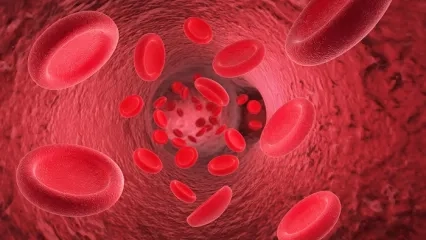Alo Yeditepe
Alo Yeditepe
Lymph Node Swelling
What is Lymph Node Swelling ?
Lymph nodes are our defense organs located almost everywhere in our body. When there is an infection in an area, there is a fight in that lymph node to prevent this infection from mixing with the blood and spreading to other areas. All warrior blood cells go to that area and in the meantime, the lymph node enlarges. For example, an infection in the teeth causes swelling in the lymph nodes in the neck, and an infection in the urinary tract causes swelling in the lymph nodes in the groin.
This fact usually regresses when the infection passes. Although rare, it may remain at a certain size after infection. Although this situation is not a big problem, it is useful to have it checked by a doctor.
When to Consult a Physician for Swollen Lymph Nodes?
It is considered normal for a lymph node to grow up to 2-2.5 centimeters due to infection. If there is a swelling above this size and accompanied by redness, swelling and pain, it should be taken into consideration. In addition, if there is no pain, if the size reaches 3-4 cm and becomes hard, and if this situation persists for more than 3-4 weeks, a physician should be consulted.
When to Take a Biopsy of Lymph Nodes?
When to take a biopsy from the lymph nodes is decided according to the patient's condition. It is based on the size of the lymph node, its radiological appearance, the patient's accompanying clinical findings, and whether there is enlargement of the lymph node in another part of the body. In addition, it is evaluated together with systemic disease findings such as weight loss, fever, and night sweats. At this point, if the lymph node is thought to be pathological, a biopsy is required. The lymph node may not always be within reach. It can occur in the abdomen or chest cavity. In these cases, diagnosis can be made by performing tru-cat biopsy accompanied by radiological imaging.
What are the warning symptoms in lymphoma? How to Diagnose Lymphoma?
The gold standard for diagnosing lymphoma is biopsy and pathological examination. Ongoing long-term lymph node enlargement, sweating at night, especially to the point of changing undershirts 3-4 times, fever, weight loss, weight loss of 10 percent more than the patient's normal weight in the last 6 months, presence of lymph node, some changes in the blood value are symptoms of lymphoma makes you suspicious. In this case, a tissue biopsy is performed and the diagnosis is made by removing the lymph node or having a tru-cat biopsy. Then, according to the results, the lymphoma is staged and the treatment process is started.
This content was prepared by Yeditepe University Hospitals Medical Editorial Board.
Alo Yeditepe




